Of course, we were a little freaked out initially. We were about to become first-time parents and had no idea what would happen after the nurse handed us our daughter. We expected crying, sleepless nights, and plenty of dirty diapers. We also knew there’d be quiet times when she ate, slept, or cuddled. But how would we know what we should be doing when, or what we should do next? Where was the manual for this thing??
Mercifully, we quickly learned that you don’t need one. When our daughter, Piper, arrived, she came with her own set of signals that were subtle but real: A hunger cry, a tired cry, a confused look that means, “Hey, you better check the back of my shorts.” What we never could have predicted, however, were the larger lessons Piper would teach us from day one and continue to educate us today, almost three years later.
Things the Little Guru Shows Us Without Even Trying
Piper, and kids in general, automatically practice many of the mindful habits that we tend to unlearn somewhere on the path to adulthood. Being present. Being content. Not wanting more than we need. Kids display these behaviors without thinking.
We’re not trying to say that our daughter is some sort of little Buddha—it’s been our experience that most kids do this stuff. Nor do we think that we’re special as parents. We’re just trying to pay attention. When we do, there’s a lot we can discover about our true nature from kids. Our hope is that noticing these behaviors might help us recapture them in our own lives. And maybe if we can help our children see them, they won’t lose them as they grow.
1. Contentment
The Buddha wrote how the word dukkha means great physical or mental suffering. Dukkha has also been described as “the insatiable quality of human experience,” according to mindfulness expert Mark Muesse, Ph.D., a professor of religious studies at Rhodes College in Memphis, Tennessee. It’s that insidious voice present in every moment that asks: What else? What’s next? Is that all there is?
Contrast that with the look on infant Piper’s face as she notices the birds on her mobile for the first time:
Perhaps no one finds more wonder in the here and now than children. The littlest things are simply amazing to them. Eckhart Tolle, the renowned spiritual teacher and author of the Power of Now, says you will find great joy in everyday moments when you become more conscious within the present. Kids are so conscious within the right-now that joy is ever-flowing.
Nearly three years later, we’re still amazed by Piper’s ability to find awe in the seemingly nondescript. On walks through the woods, random flowers or leaves are fascinating to her. We’ll spend minutes standing still whenever one catches her eye. Which leads us to a parenting tip: Never be in a hurry.
2. Mindful Eating
Kids are experts when it comes to food compared to many grown-ups. They tend to stop eating it when they feel full. And until they reach that point, eating is an experience. Piper is most patient and curious at mealtime. Before her first bite, she’ll look over the plate of food in front of her. She may pick up a piece and play with it for a bit or hold it up near her face, smell it, and examine it very closely.
This slow and deliberate process can seem inconvenient—and can make quite a mess—but one could also see it as mindfulness at the table. In the book, Savor: Mindful Eating, Mindful Life, co-authors Thich Nhat Hanh, a Zen master and Nobel Peace Prize nominee, and Lillian Cheung, Dsc, a Harvard nutritionist, explain that part of mindful eating is about engaging all of the senses.
3. Non-Judgment and Non-attachment
“Non-resistance, non-judgment and non-attachment are three aspects of true freedom and enlightened living,” wrote Eckhart Tolle in his book A New Earth: Awakening to Your Life’s Purpose. Non-judgment and non-attachment are two things that Piper has down pat and we can see how those mindsets are very liberating—and very healthy.
Like many people nowadays, a lot of our friends (and therefore their kids) have moved to different parts of the country. As a result, we only get together a few times a year, which means our kids will go long spans without seeing each other. When they reunite, they aren’t wasting time reading too much into the past, wondering, “What have you been doing so that we haven’t talked in the past three months??” Instead, they are like, “HEY! AWESOME! LET’S PLAY! “
Piper’s mastery of non-attachment also comes out whenever a visiting relative has to leave, or on many mornings when Dad heads off to work. Her reaction to departures involves three steps:
1) Initial protest. She’ll say, “No leave!” and may even start crying.
2) Stunningly fast acceptance. Just when Dad is feeling like the center of her universe, Piper will do a complete 180 out of the goodbye hug and say “Ok, bye!”
3) Total absorption into whatever’s next. “Hey, look, there’s a deer outside!”
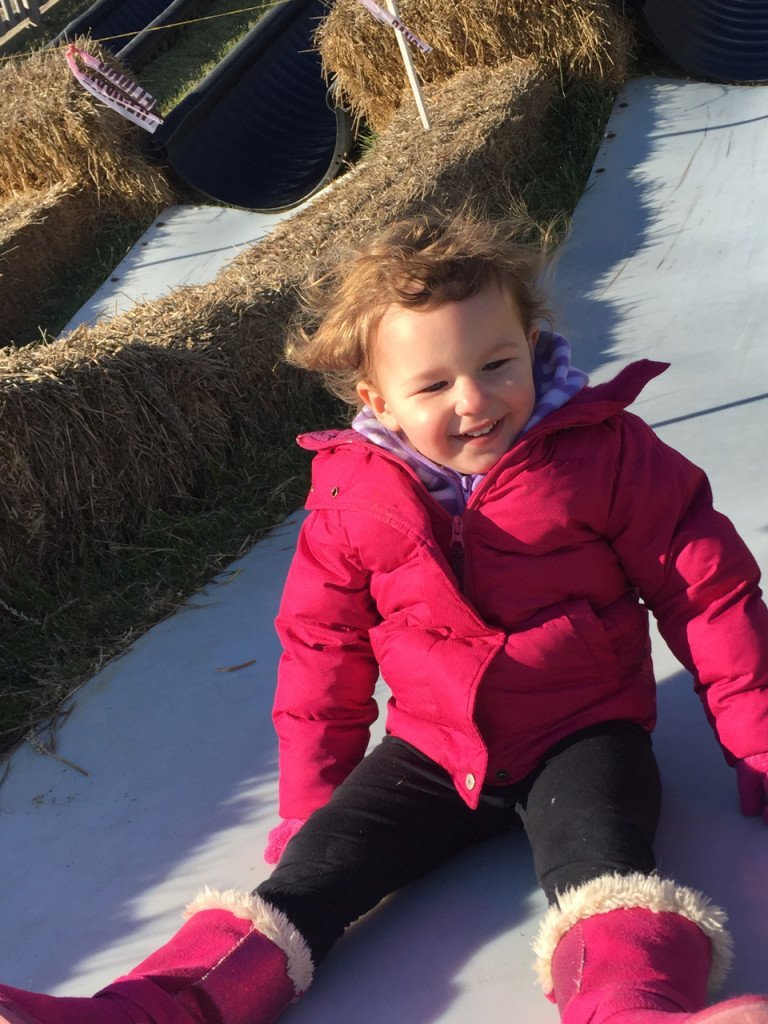
Life is a lot more fun when you let go of the past, forget about the future, and find beauty in the moment.
What we can learn from her ability to move on? One door closes, another opens. There’s lots of fun to be had throughout the day while Dad is gone, from coloring with crayons to blowing bubbles to taking nature walks.
Non-resistance, however, is something we’re still working on. Full-disclosure: Sometimes it takes us a half an hour to convince her to get into her car seat, which is especially fun (not) when it happens in a parking lot and it’s snowing outside. Hey, no guru is perfect!
Written in collaboration with Natalie Sabin.
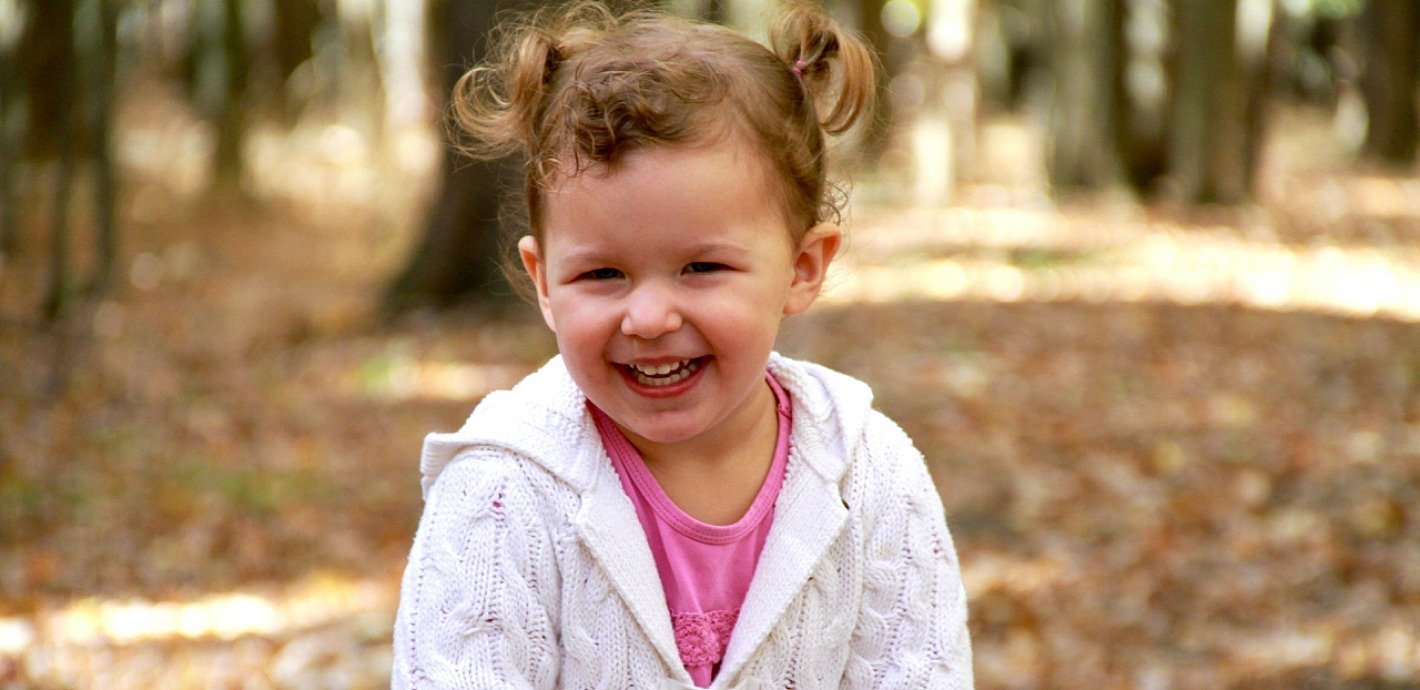



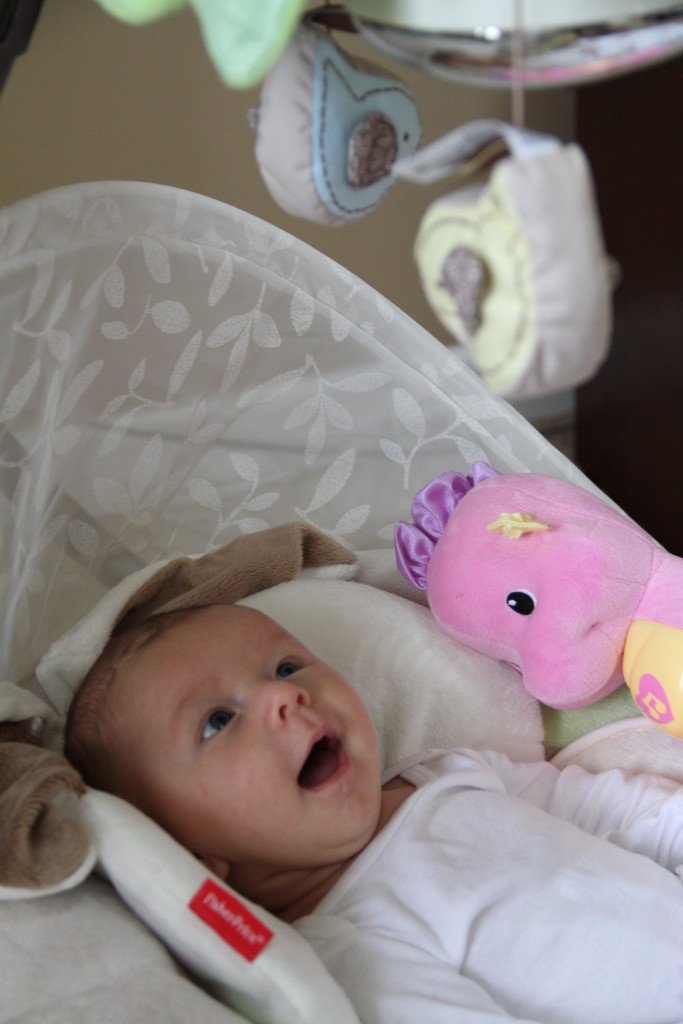
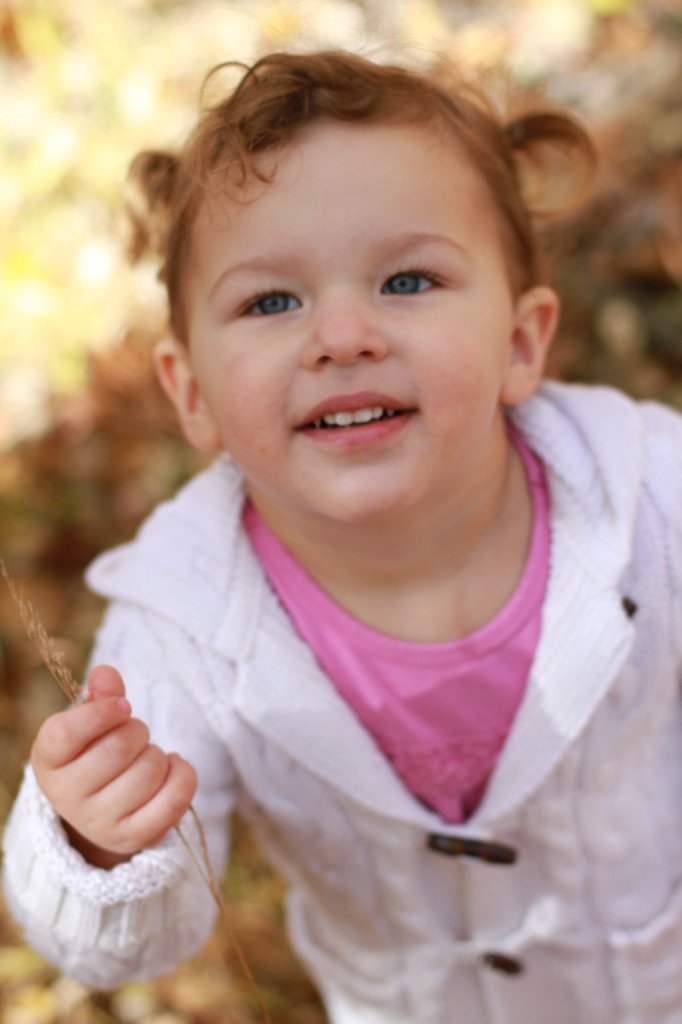

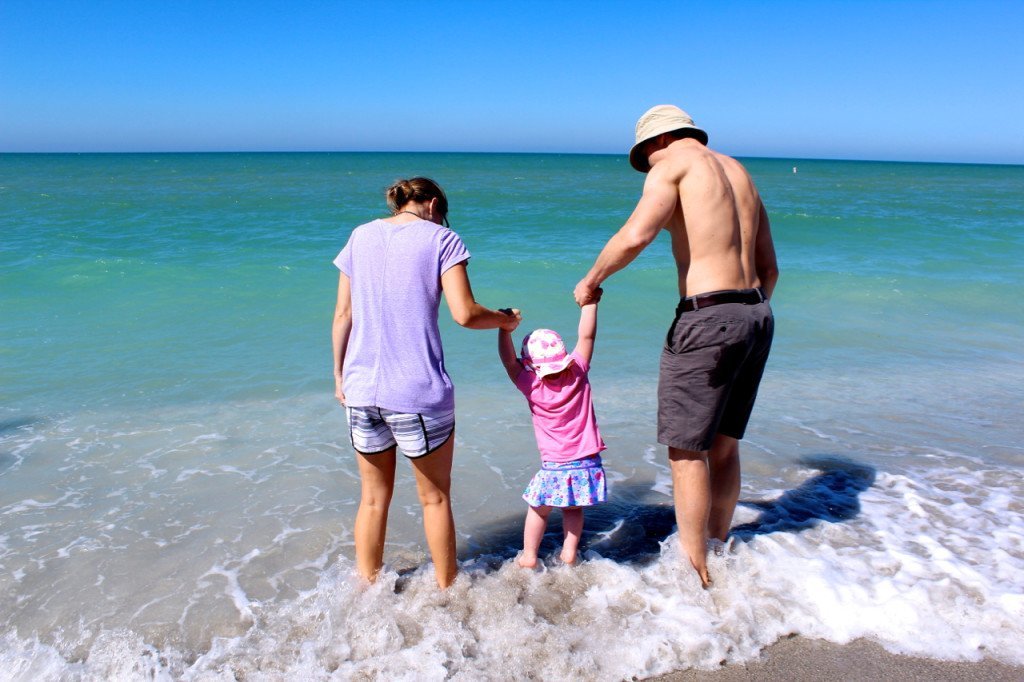






Comments (0)